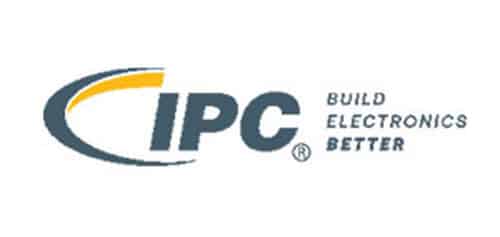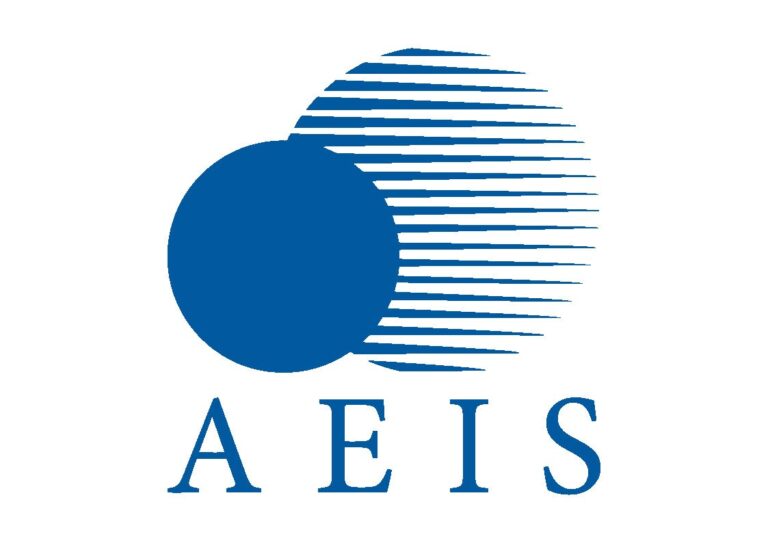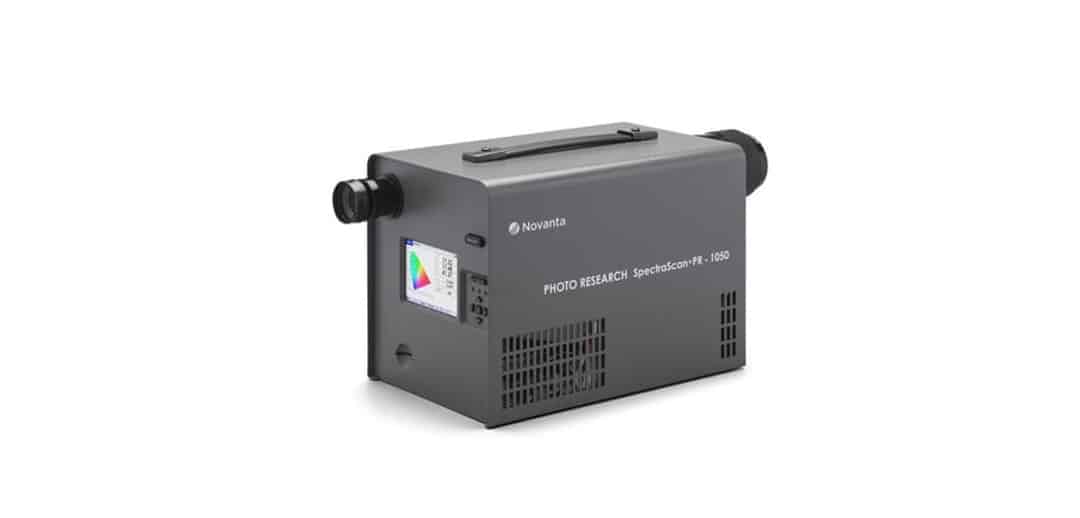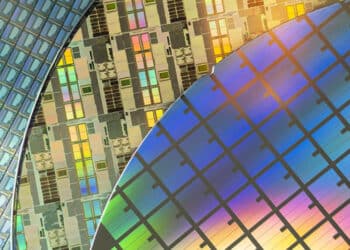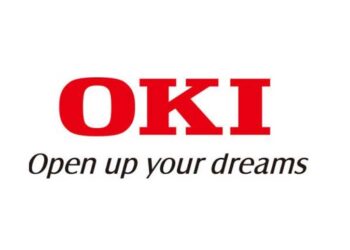Photo Research, a Novanta Corporation brand, unveils new enhanced calibration capabilities with the Photo Research SpectraScan PR-1050 Spectroradiometer. The PR-1050 introduces a new option for multiple calibrations on all apertures, enhancing its versatility and precision. Featuring superior sensitivity and speed, the PR-1050 meets the demands of measuring near-eye displays with an Augmented & Virtual Reality (AR/VR) lens that attaches directly to the device, allowing users to measure light from AR/VR target areas.
The SpectraScan PR-1050 Spectroradiometer sets a new standard in display metrology by addressing the industry’s stringent demands for spectral accuracy and field aperture reproducibility. It excels in performing wavelength and radiometric calibrations across multiple spot sizes, ensuring precise spectral radiance estimation for modern display technologies such as OLED, micro-LED, and quantum-dot displays. With advanced calibration options, including practical solid-state wavelength calibration, the PR-1050 delivers high accuracy without the need for complex signal processing. This makes it an ideal solution for applications requiring meticulous calibration and reliable spectral data.
“Photo Research is a benefactor of spectroradiometers, and its most influential product (still on the market) has been the PR-788,” says Matt Falanga, R&D Engineering Manager for Photo Research. “The PR-1050 continues to build on this legacy by improving violet light transmission and overall sensitivity. Another hallmark of the PR-1050 is the way in which the y-axis and the x-axis of the measurement are calibrated. The measurement uncertainty is second only to NIST.”
The enhanced Photo Research SpectraScan PR-1050 features AR/VR testing with 3mm, 4mm, and 5mm apertures, a wide dynamic range for seamless display testing, and variable spectral bandwidth for OLED to laser sources. High-speed cycle times improve efficiency, while multiple calibrations across all apertures enhance precision, making it a versatile solution for advanced display measurement.
